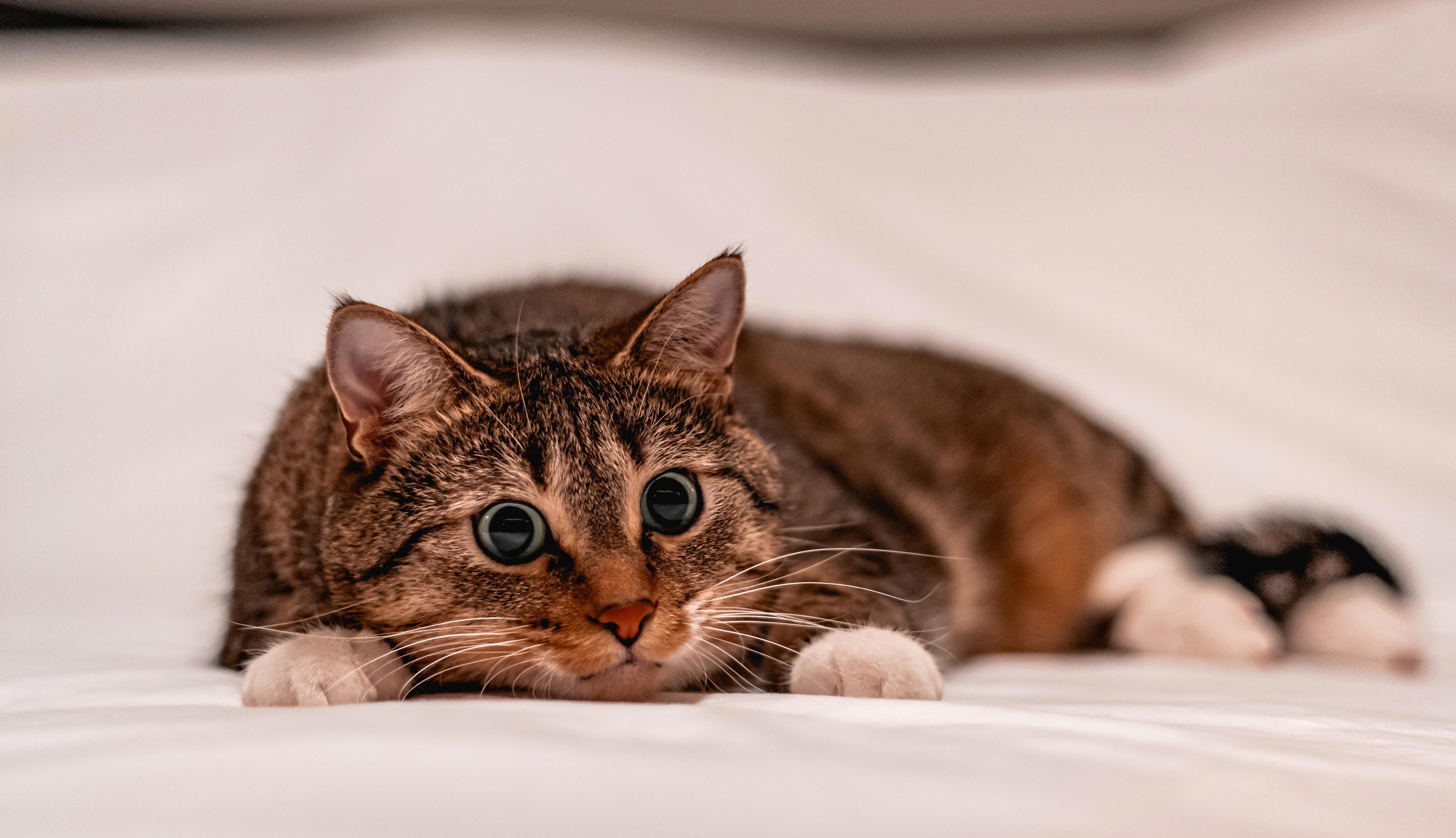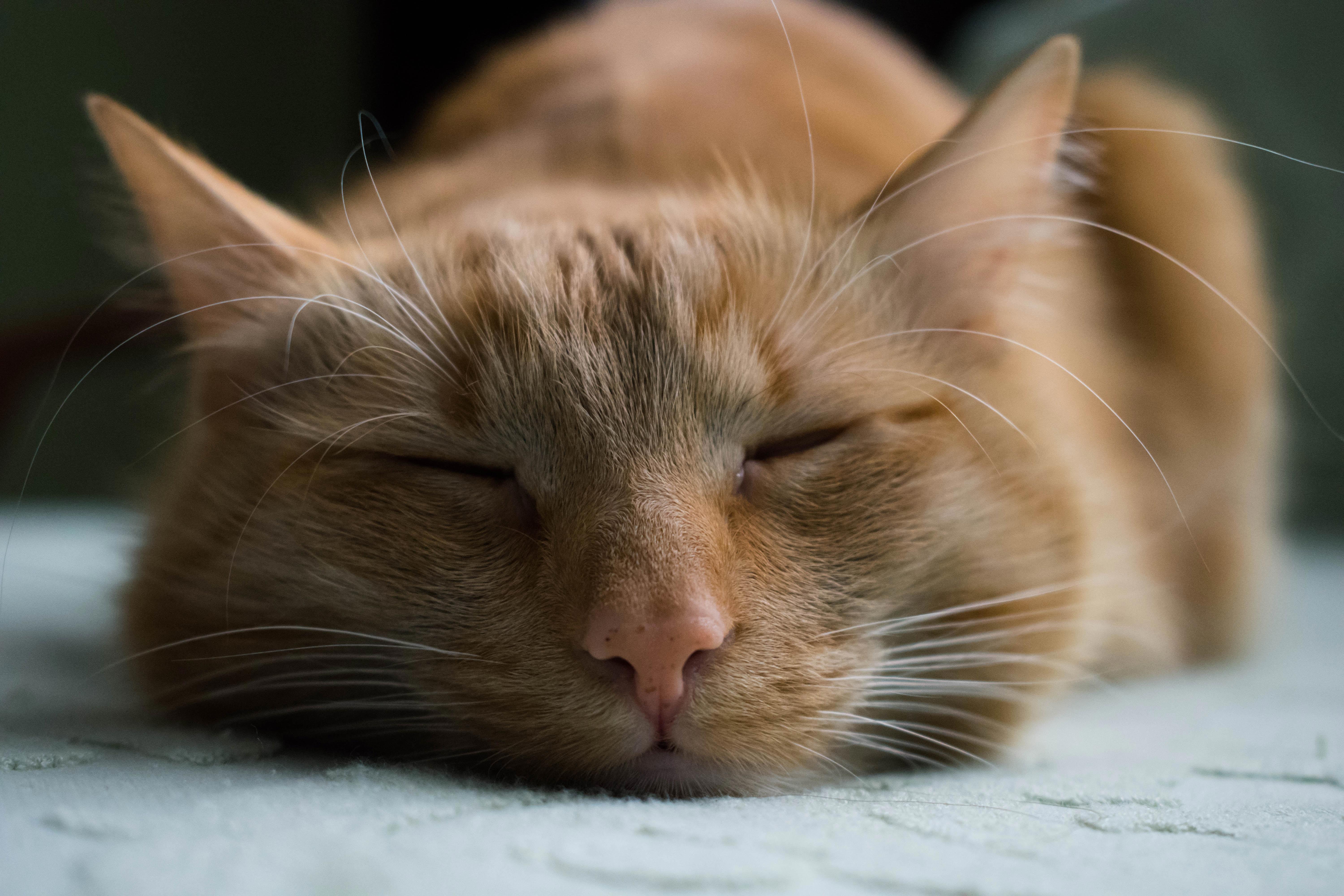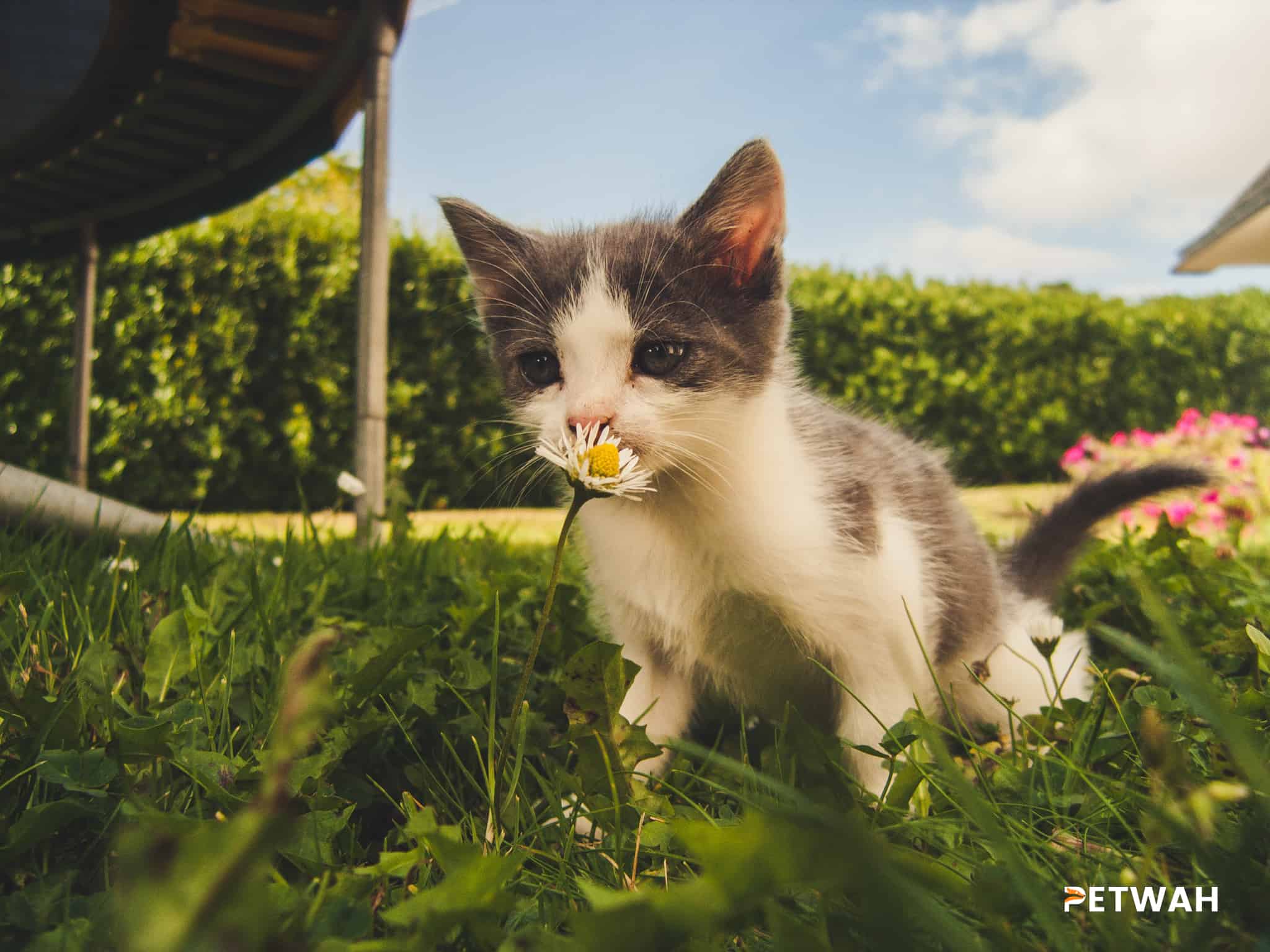Cats are known for their adorable looks, playful personalities, and of course, their purring. However, not all cat owners have a purr-fect relationship with their feline friends. Some cats can display behavioral issues that cause stress and frustration for both the pet and the owner. From scratching your furniture to spraying around the house, these problems can be challenging to deal with. That’s why in this blog post, we will explore some of the most common cat behavioral problems and provide tips on how to deal with them. So, if you’re a cat owner struggling to maintain a harmonious relationship with your kitty, keep reading!
Cats are fascinating creatures, beloved by millions of people around the world. They are affectionate and independent, and they can provide hours of entertainment. However, with their unique personalities come behavioral issues that can be frustrating and challenging for pet owners to deal with. In this article, we will explore some of the most common cat behavioral problems and provide tips on how to address them.
1. Urine Marking
Urine marking is a common feline behavior where cats spray urine on vertical surfaces such as walls or furniture, usually to mark their territory. This behavior is more common in male cats who have not been neutered, but it can also occur in female cats. To address this behavior, it is important to have your cat spayed or neutered. You should also clean the affected areas with an enzymatic cleaner to remove the odor, since cats are attracted to the smell of their own urine.
2. Scratching
Cats have a natural instinct to scratch, which helps them to stretch and maintain their claws. However, this behavior can be destructive if they scratch furniture or other household items. To address this behavior, you should provide your cat with a scratching post or pad, and teach them to use it by placing treats or catnip on it. You can also use double-sided tape or aluminum foil to discourage your cat from scratching on furniture.
3. Aggression

Cats can become aggressive for a variety of reasons, such as fear, territoriality, or overstimulation. If your cat displays aggressive behavior, it is important to understand the underlying cause and address it accordingly. For example, if your cat is afraid of new people or animals, you can gradually introduce them to the environment to help them feel more comfortable. If your cat becomes overstimulated during play, you should stop the play session before they become aggressive.
4. Excessive Meowing
Cats meow to communicate with their owners, but excessive meowing can be annoying and disruptive. This behavior can be due to a variety of reasons, such as hunger, boredom, or attention-seeking. To address this behavior, it is important to provide your cat with adequate food, water, and toys to keep them entertained. You should also avoid rewarding your cat for meowing excessively by ignoring them until they calm down.
5. Separation Anxiety
Cats can become anxious when left alone for long periods of time, which can lead to destructive behavior such as scratching or urinating outside the litter box. To address this behavior, you should gradually accustom your cat to being alone by leaving them alone for short periods of time and gradually increasing the duration. You can also provide your cat with toys or treats to keep them entertained while you are away.
In conclusion, cat behavioral problems can be frustrating and challenging, but they are also common and manageable. By understanding the underlying causes of your cat’s behavior and addressing them accordingly, you can help your cat to live a happy and healthy life. Remember to be patient and consistent in your approach, and always seek the advice of a veterinarian or animal behaviorist if you are unsure how to address a specific behavior.
In conclusion, understanding common cat behavioral problems is crucial in ensuring a happy and healthy pet-owner relationship. As a cat owner, it’s important to recognize the signs of potential problems and take the necessary steps to address them. By providing a safe, stimulating, and comfortable environment for your feline friend, you can help prevent many of these problems from arising in the first place. Remember, a little bit of patience and understanding can go a long way in resolving cat behavioral problems and strengthening your bond with your furry companion.







